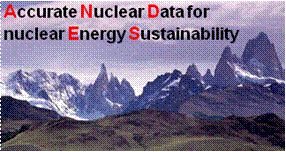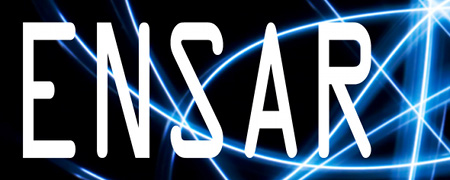 |
INCL |
This is the home page of the Liège Intranuclear Cascade model, a nuclear-physics model that is used to simulate nucleon-, pion- and light-ion-induced reactions on nuclei, for incident energies ranging from a few tens of MeV to a few GeV.
Obtaining the code
The INCL code is available to the nuclear-physics community. We would like to keep a record of the existing INCL users, which is why we ask you to fill a form with your contact information.
You can request access to the INCL code here.
Versions of the model
The model is available to the scientific community in the form of a computer program. The original INCL code was written in Fortran by Joseph Cugnon in the beginning of the 80s and, at the time of writing, is still under continuous development. The latest stable release of the code is known as INCL4.6 and is described in detail in reference [INCL4.6]. It supports nucleon, pion and composite projectiles (up to alpha particles).
In addition, the code has been recently redesigned from scratch in modern, object oriented C++. The resulting code is called INCL++. The most recent reference for INCL++ is [INCL++], but the details of the INCL++ code will soon be the object of a dedicated publication. INCL++ is physically equivalent to INCL4.6 as far as nucleon- and pion-induced reactions are concerned, but in addition supports light-ion projectiles up to mass 18.
Both versions of the INCL code are distributed along with the ABLA07 nuclear de-excitation model [ABLA07].
INCL in particle-transport codes
The Liège INC model can be used for thick-target simulations through several particle-transport codes.
- The Japanese particle-transport code PHITS (web site) uses INCL4.6 as the default INC model since release 2.52 [PHITS2.52].
- The INCL++ model is available in the Geant4 particle-transport toolkit (web site) and can be activated by adopting one of the dedicated (experimental) physics lists.
- INCL4.6 is also available in a private version of MCNPX v2.7β (web site). We are not allowed to distribute this code, but we can help you couple INCL4.6 to your version of MCNPX if you are a licensed user. Contact the authors for more information.
More about INCL
- General features of the model
- Scope and limits of applicability of the model
- INCL++-based physics lists in Geant4
- References
Questions, bug reports and contact information
If you want to obtain a copy of the INCL code, please use this form.
If you have any questions or bug reports, please use this form. We will get in touch with you as soon as possible.
We maintain a low-volume mailing list that we use for announcements concerning the INCL model. New releases and bug fixes will be advertised there. If you want to subscribe to the list, please click here.
Acknowledgments
The development of the INCL model was partially supported by the EURATOM ANDES project (grant agreement FP7-249671).
The development of the extension of the INCL++ model to light-ion-induced reactions was partially supported by the EU ENSAR project (grant agreement FP7-262010).

|

|

|

|